Genetics: SHANK3 duplication leads to hyperactivity in mice
Mice with a duplication of SHANK3, a gene with strong links to autism, are hyperactive and manic, reports a study published 7 November in Nature.
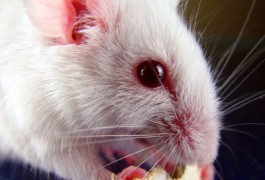
Mice with a duplication of SHANK3, a gene with strong links to autism, are hyperactive and manic, reports a study published 7 November in Nature.
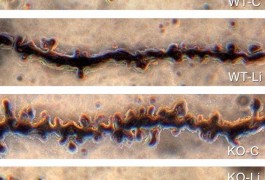
Lithium and other drugs that inhibit a key enzyme called GSK-3 reverse cognitive deficits in a mouse model of fragile X syndrome, according to a pair of studies published in August and September.
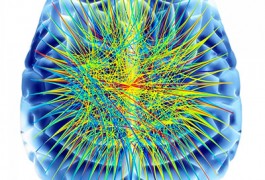
Studies at the level of neural circuits are needed to better understand the importance of both increased and decreased connectivity between different regions in the autism brain, say John Rubenstein and Vikaas Sohal.

Mutations in a single gene in 15q11.13 — a chromosomal region linked to multiple neurological disorders — may increase the risk of autism, according a study published in November in Nature Genetics.
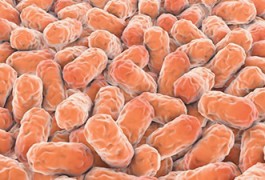
A strain of bacteria that lives in some people’s guts alleviates obsessive behaviors, anxiety and other symptoms in mice that model autism, researchers report today in Cell. The finding supports the intriguing link between the gut, brain and behavior.

MeCP2, the protein mutated in Rett syndrome, is normally responsible for boosting the expression of a large number of genes. This finding, published 3 October in Cell Stem Cell, may explain why growth factors that promote protein production are able to reverse features of the syndrome in mice.
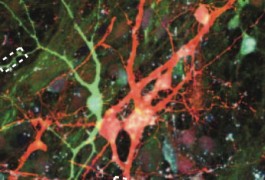
A new stem-cell model of Phelan-McDermid syndrome points to a possible treatment for the rare autism-related disorder, according to a study published in Nature.
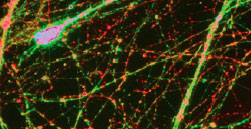
Skin cells taken from mice with an autism-linked mutation and transformed directly into neurons have the same properties as neurons from the brains of these mice. The study, published 8 October in Proceedings of the National Academy of Sciences, validates an efficient technique to study disease-linked mutations.
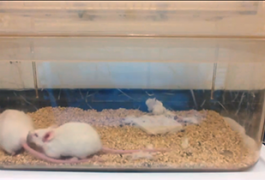
A tiny fiber-optic probe inserted into the reward center of the mouse brain monitors how the mouse feels about meeting a peer — or a golf ball. The unpublished technique was presented last week at the 2013 Society for Neuroscience annual meeting in San Diego.
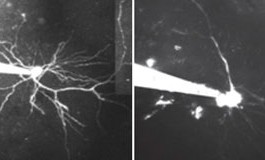
Loss of one copy of the autism-linked gene PTEN in mouse neurons boosts production of a certain ion channel, and decreases the neurons’ firing rate, according to a study published 21 October in Proceedings of the National Academy of Sciences.